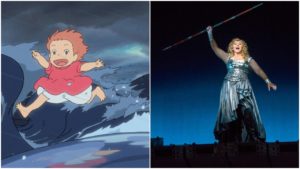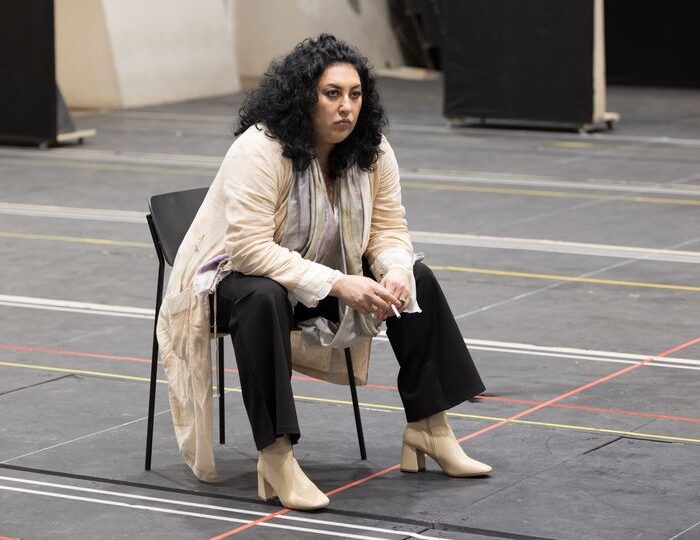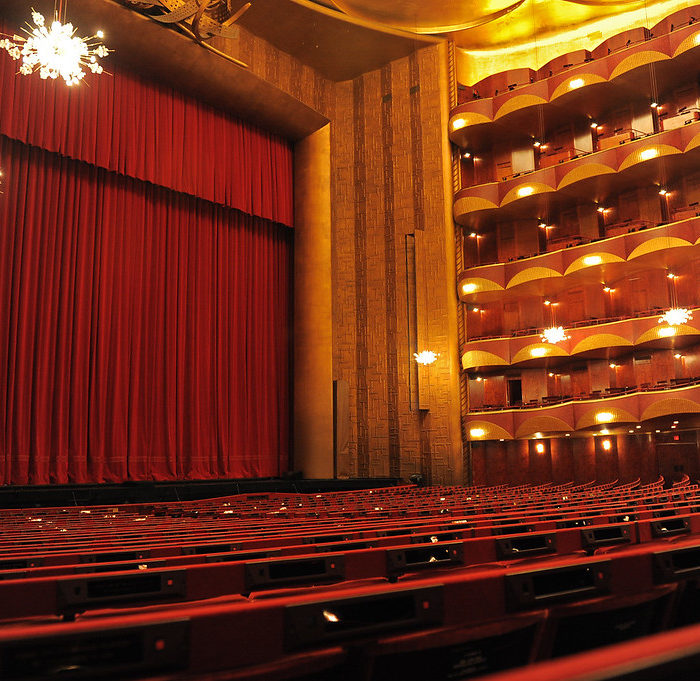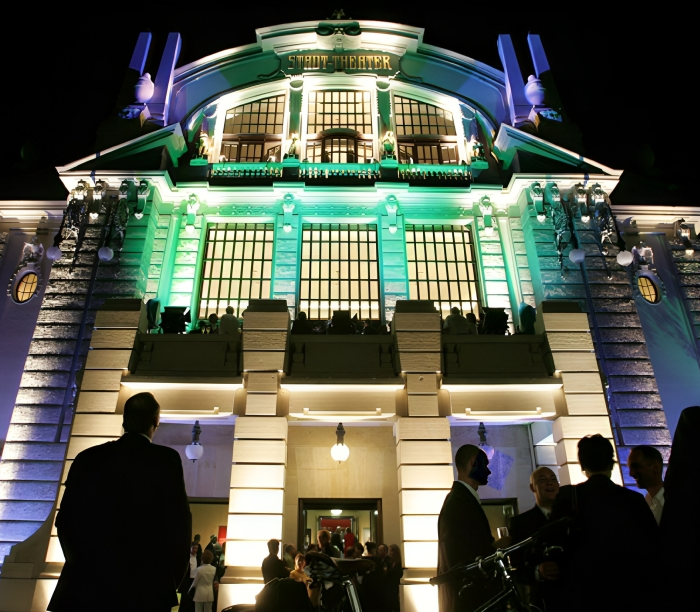
Opera Meets Film: Hayao Miyazaki’s ‘Ponyo’ Is an Adaptation of Wagner’s Magnus Opus
By David Salazar(Credit: Studio Ghibli / Ken Howard / Metropolitan Opera)
“Opera Meets Film” is a feature dedicated to exploring the way that opera has been employed in cinema. We will select a film section or a film in its entirety and highlight the impact that utilizing the operatic form or sections from an opera can alter our perception of a film that we are viewing. This week’s installment features Hayao Miyazaki’s “Ponyo.”
Before I say anything about what the title of this article means, let’s start with this:
Does that sound like something? Yes, it does.
There is a very uncanny similarity between these two excerpts. The excerpt from the animated film is so similar to the Wagner original that one could easily argue that director Hayao Miyazaki wants the discerning listener to make that connection.
He wants his story to be directly linked to the mythical saga.
A look back through Miyazaki’s filmography to this point displays an oeuvre replete with unique takes on mythic tropes. He examines witches in “Kiki’s Delivery Service.” He explores the relationships of technology and nature gods in his “Princess Mononoke.” “Spirited Away” delves into local mythology. The list goes on and on.
In the case of “Ponyo,” one could make a compelling argument that, while he maintains many of the themes that greatly concern him (the dangers of a modern world damaging the purity of nature or the moral grayness of humanity), the story’s structure is built on the shoulders of Wagner’s famed epic.
Let’s start with the titular Ponyo. The clip above might immediately make you think of Brünnhilde in the context of Wagner’s Ring. But the similarities grow stronger when looking at the film at large.
Ponyo is the daughter of Fujimoto, a once-human wizard who pretty much dominates the ocean with his magic. He has all the creatures under his control, until, of course, Ponyo escapes to pursue the young Sosuke, who showers her with instant love (it so happens that love is the central theme of Wagner’s tetralogy). She’s also the daughter of the sea goddess. Brünnhilde is the daughter of Erda, the all-knowing earth goddess and Wotan, the ruler god.
Then there’s the whole business about Ponyo transforming from sea creature to human being. At the end of the film, she is allowed to remain in human form if she is kissed by Sosuke, who is forced to undergo a trial imposed by Fujimoto.
In Wagner’s Ring, Brünnhilde becomes human when awakened by Siegfried’s kiss – the young hero has himself just passed several trials, including one imposed by Wotan.
Through examining the character of Sosuke, it seems clear he is a Siegfried prototype. Siegfried is described as child-like and his innocence has stopped him from developing a sense of fear. Sosuke is five-years-old in the film and like Siegfried, he is asked to take on far more than he’s ready for. In the final sequence of the movie, he carries a weakening Ponyo through a dark tunnel, never wavering in his aim. He’s the mythical hero that, in the face of adversity, never falters.
Another major element is the film’s plot conceit – the flooding of the earth and the destruction that may be brought upon by the imbalance of nature resulting from Ponyo’s escape from one realm to another. In “Die Walküre,” Brünnhilde upsets the order of things when she betrays Wotan to defend Siegmund. Wotan is then forced to strip her of her divinity; he eventually recedes into the background of the story, forced to wait for the end of things. Fujimoto, like Wotan, is on a mission to restore order to the universe, and like the Wagnerian god, eventually concedes to giving up his divine daughter to the human race.
Ultimately Ponyo’s actions and those of Sosuke restore the balance; in a more tragic manner, Brünnhilde and Siegfried’s actions do much the same in the Ring.
Water also plays a major role in both works. Wagner’s tetralogy starts deep in the Rhine river and, after the destruction of the world by fire in “Götterdämmerung,” settles back underneath the river, the Rheingold restored to the Rhinemaidens.
In “Ponyo,” we start in Fujimoto’s underwater lair where he houses some magic “golden” potions. When the potions are unearthed and spread around the ocean by Ponyo, everything goes out of whack. The fish become giants and Ponyo is suddenly able to walk on water. That same water then starts to build up and consume the world bit by bit. The film’s climax returns all of the major characters underwater to a lair created by Fujimoto. Once Sosuke has completed his challenge and accepted Ponyo’s love, the film returns to its initial stasis of normal water levels.
There are other passing resemblances (the other sea creatures that bear a stark resemblance to Ponyo could be seen as Valkyries), but these core thematic and character relationships emphasize the connection between the two works of art and what Miyazaki was channeling when he made “Ponyo.”
And of course that excerpt at the top…


